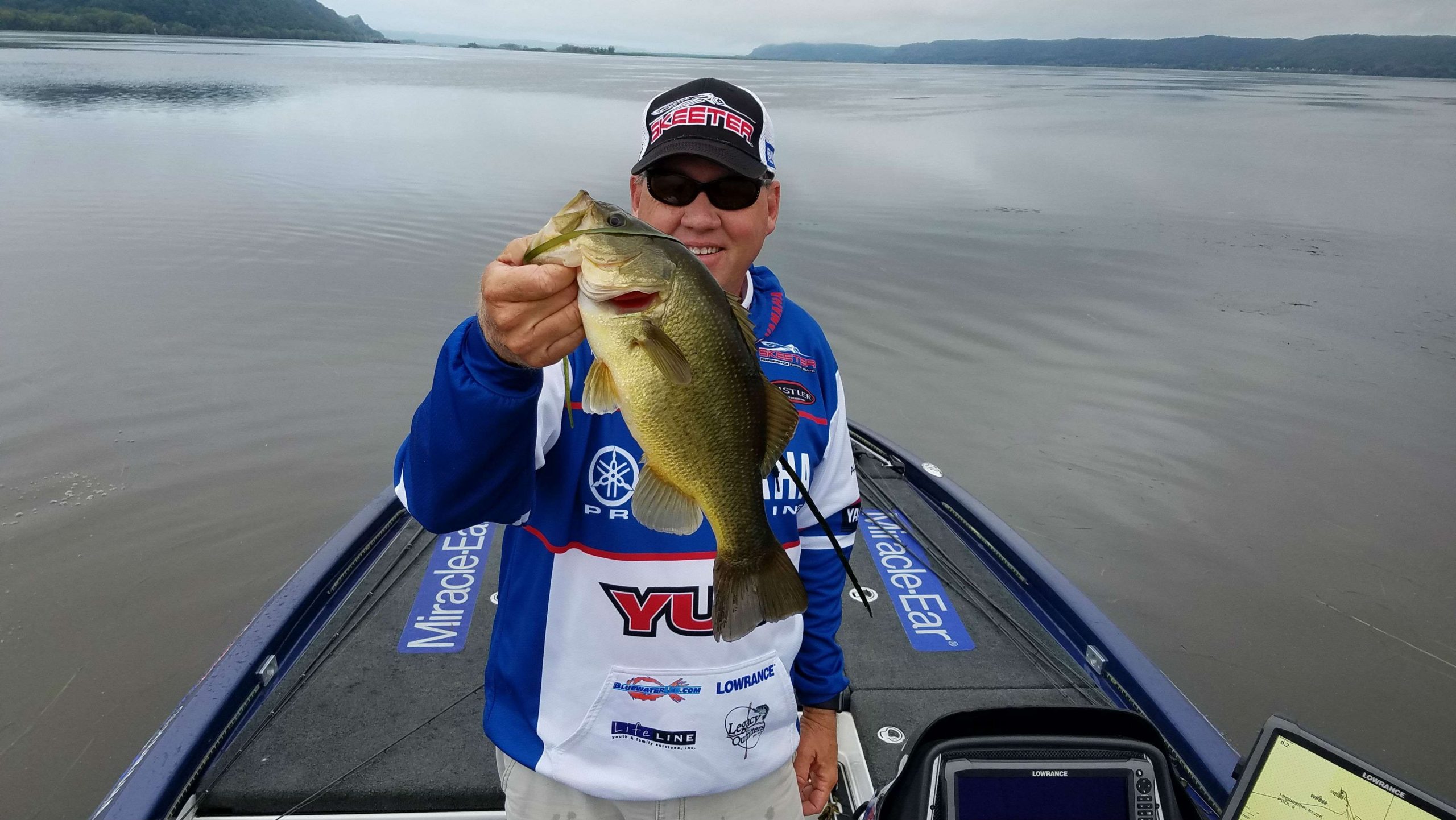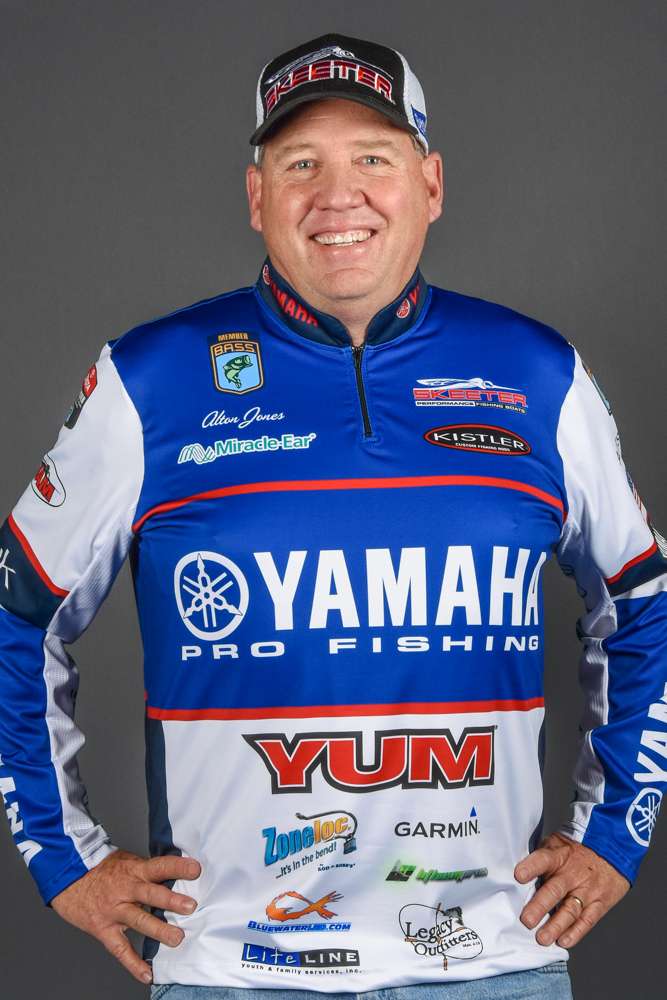
Winter might limit some of your bait options, but one technique that maintains its is cranking. In fact, crankbaits rank pretty high in winter productivity.
One reason for this is the fact that most of your winter fishing is done around shad schools, especially when it’s really cold and the baitfish are dying. Crawfish are also relevant, but shad comprise the majority of winter forage, so if you can match your lure to something that they’re heavily feeding on, it’s a natural thing for the bass to see something that looks like a shad and eat it.
When selecting my baits, I look at the depth where the bass are positioned because that tells me what kind of crankbait I need to through and how deep I need that crankbait to run. And don’t make the mistake of thinking that just because the water is cold that all the fish are deep. At times, that may be true, but there are days I may need to be throwing a squarebill.
A lot of times, the way I determine this is by figuring out where the shad are and I do that with my Garmin electronics. If you’ll just idle in open water, you’ll often notice a particular zone where the baitfish are concentrated and that will tell you what type of bait you need to be relying on.
As far as habitat, I look for a main feeder creek and focus on areas where the channel hits the bank, usually a bluff. These can be highly productive winter spots, all along the bluff walls and into the bluff ends where it transitions into a gradually sloping bank.
On these transitional areas, I’ll work both ends of the bluff and target the last 50 yards of bluff and the first 50 yards of non-bluff bank. Bass like to have quick access to the safety of deep water and bluffs allow them to change their depth with very little movement.
Typically, when a sunny day builds up the surface temperature, the fish will be on the non-bluff part of the transition; while cloudy days see them congregating on the steeper bluff section. This is a generality, which can vary, but it’s really easy when you can pull up to a bluff a mile and a half long and know that you only have to fish 100 yards.
The transitions on each end are the key spots. If I don’t catch any fish on those transitions, I don’t need to fish that mile stretch in between. Conversely, if I do catch fish on the transitions, then maybe I do need to fish the area in between.
My winter crankbait lineup covers the range of depths in which I might find the bait and bass:
Bandit 100 squarebill — This one’s made to run 0-3 feet, but I might also run this right along the face of the bluff, if the fish are holding near the surface in deeper water. Shad or crawfish colors can work here.
BD6 Bomber Fat Free Shad — This is my medium diver (8-14 feet) and I’ll fish it in shad and crawfish colors.
Norman DD22 – I turn to this one when I need to reach bass in 15-18 feet of water. I’ll usually only fish this deep diver in shad patterns, particularly those with a lot of white.
Whatever crankbait you throw, consider that sometimes winter bass want it fished very slowly and other times, they want it very fast. You have to experiment daily, as this is subject to change without notice.
Overall, your shad patterns will be most productive this time of year, but if you’re idling to see what depth you need to be fishing and you’re not seeing any shad on your graph, that’s a good time to fish those same bluff transitions with a crawdad pattern.
In closing, I’ll mention one more bait, a Booyah One Knocker. Lipless crankbaits will become a major player in southern waters very soon, so stay tuned for more on this.

